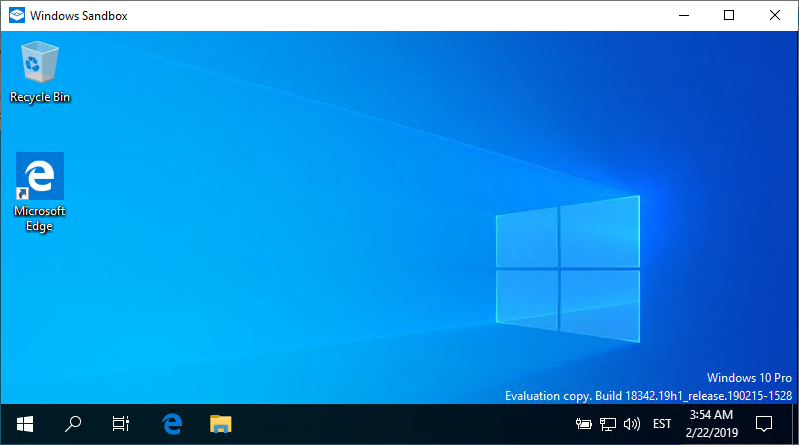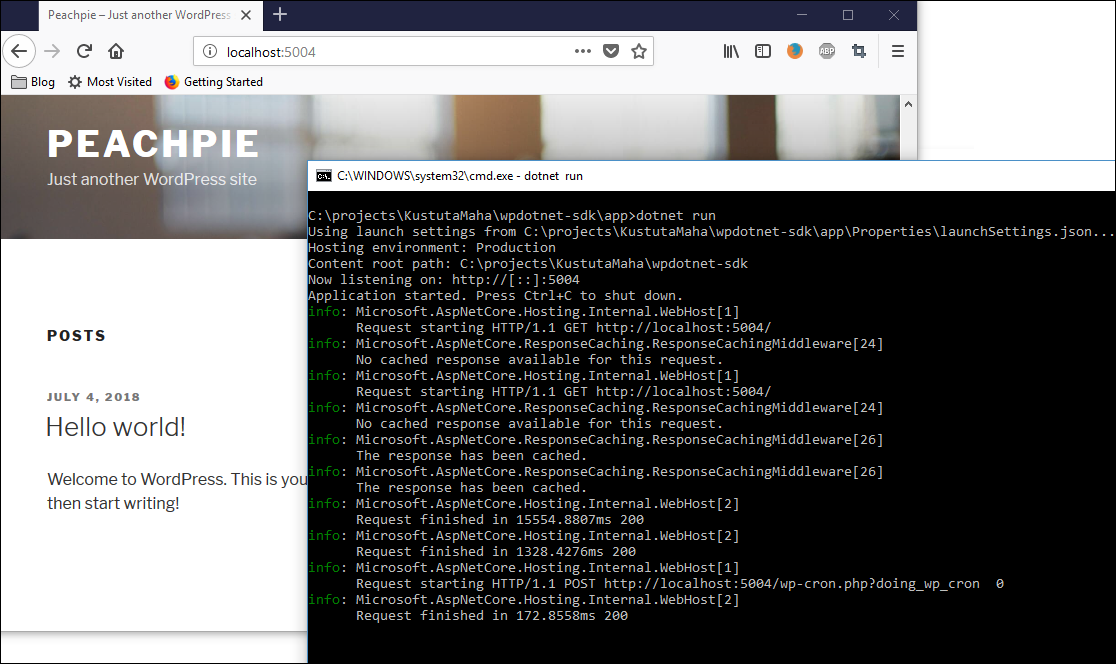Worker Service template in .NET Core 3.0
With ASP.NET Core 3.0 Preview 3 we have template for background processes like Windows services and Linux daemons. New project template is called Worker Service and this writing shows how it works and how to use it.
Read more







